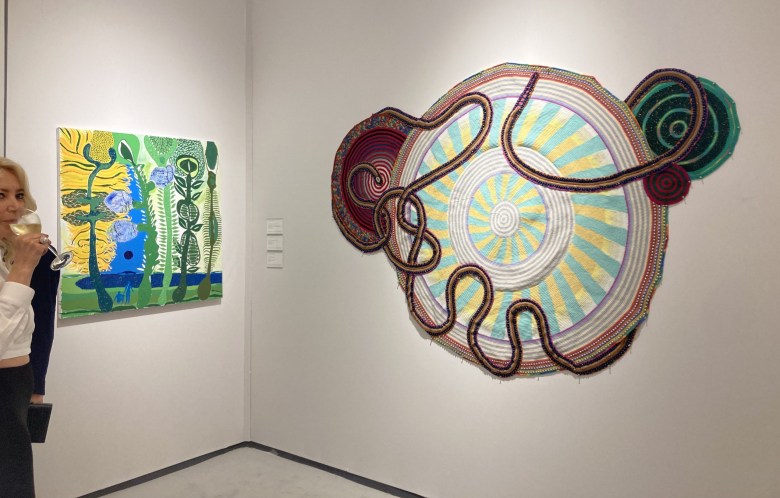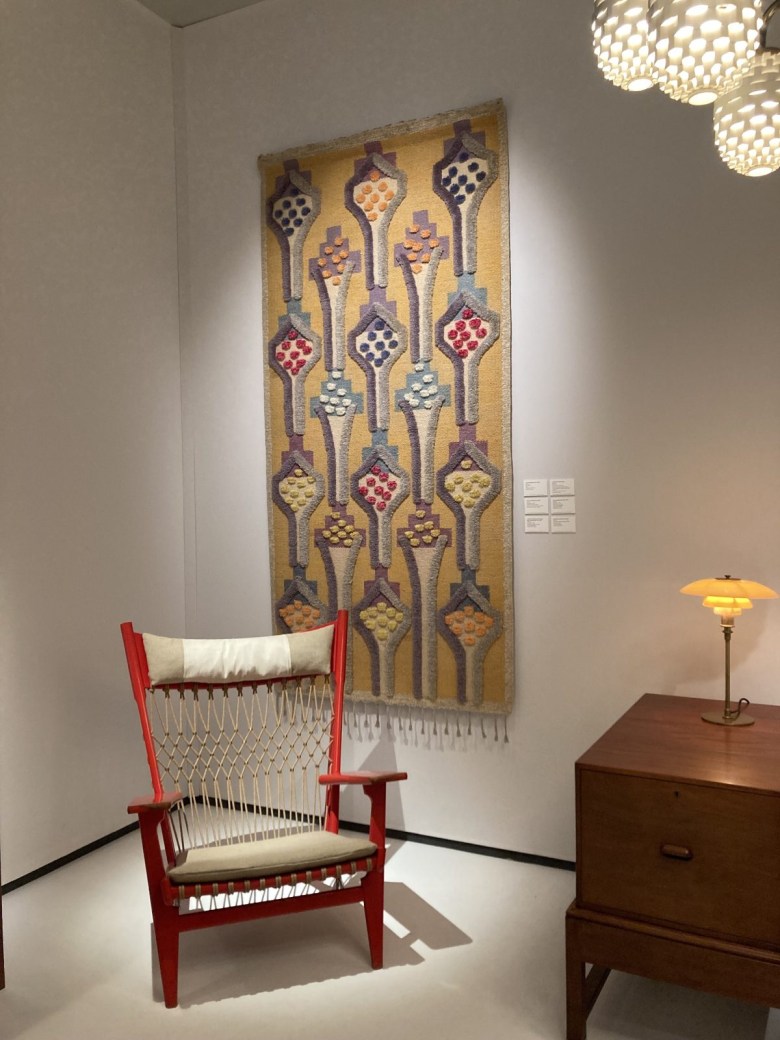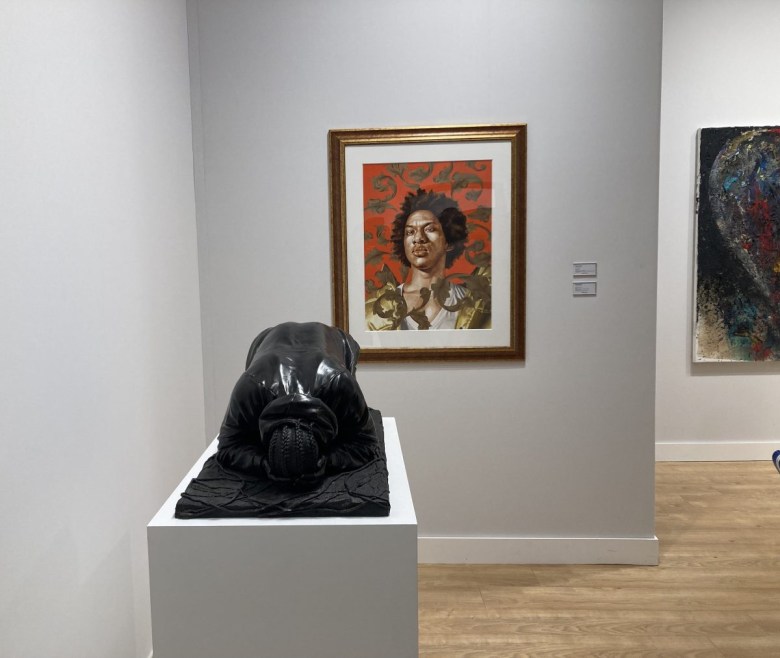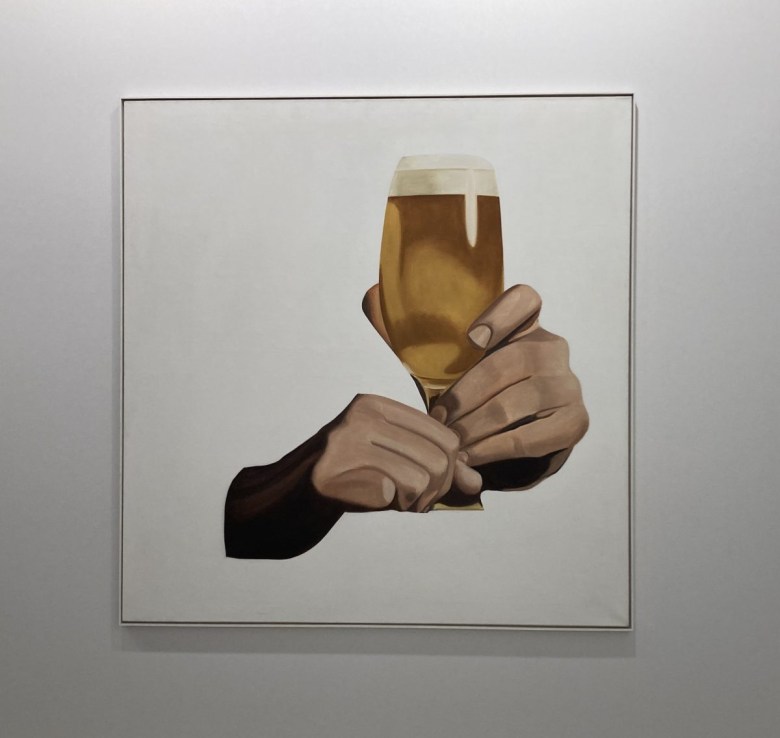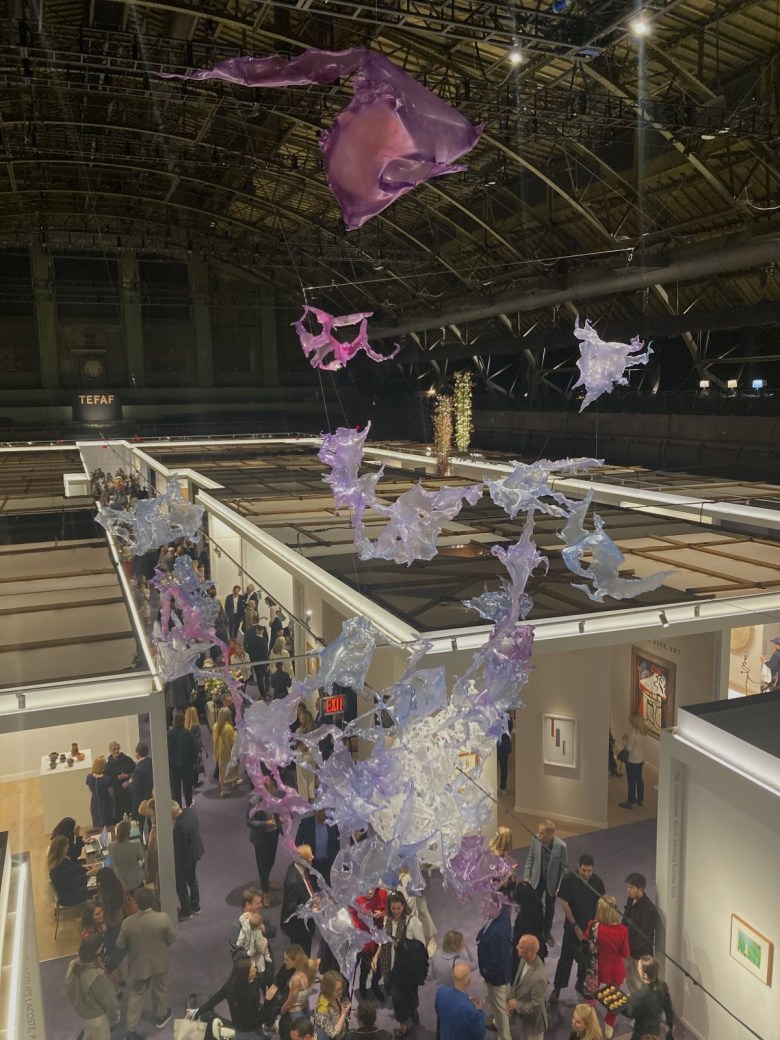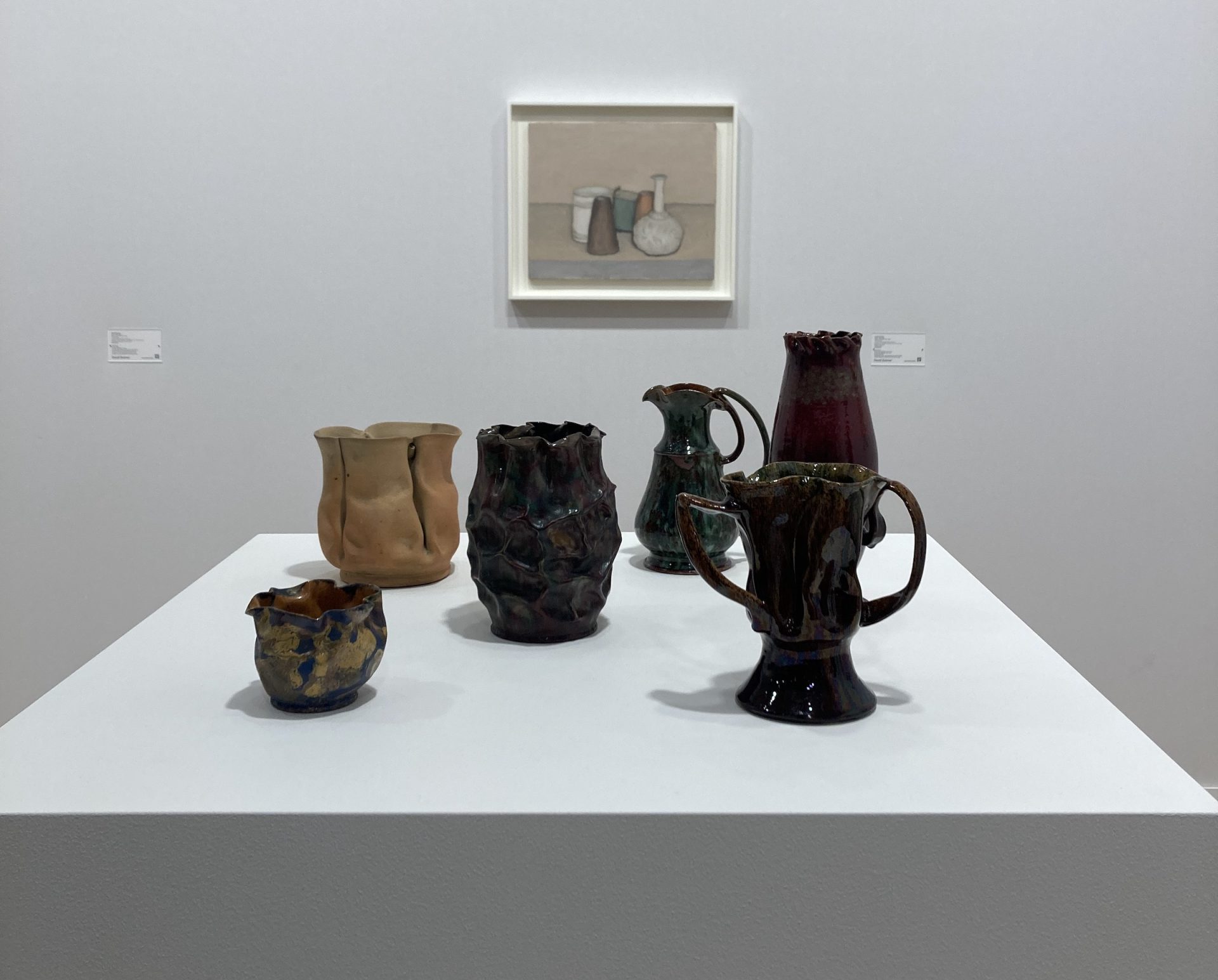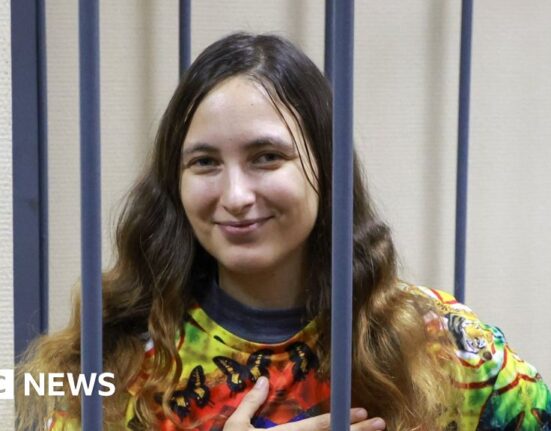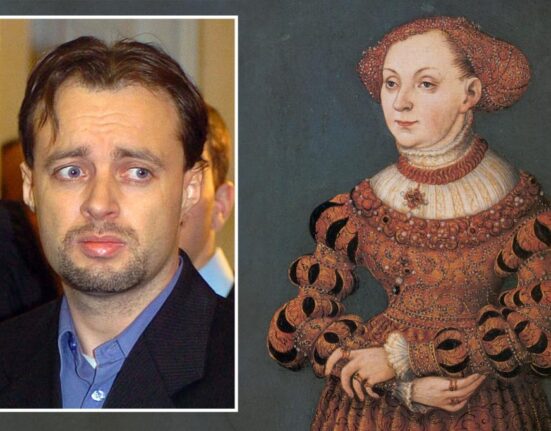The European Fine Art Fair, best known as TEFAF, is all about decadence. Its ninth New York edition, running through Tuesday, May 14, features 89 galleries showing everything from furniture, jewelry, and antiquities to contemporary art. It makes for a disorienting mix, hopping from sculptures by Kehinde Wiley at the booths of both Sean Kelly and Galerie Templon to London-based Ariadne’s display of ancient Egyptian and Roman sculptures and pottery. That’s precisely the fun of TEFAF, though: There’s something for every palate, if not every wallet.
Though the serious buyers had mostly come and gone in the first few hours of the buzzy preview on Thursday night, Manhattan’s Park Avenue Armory was still heaving well into the evening. Giorgio Morandi’s quiet still life paintings are clearly having a moment: though several were scattered across the fair, the best were at David Zwirner Gallery, presented very effectively in conversation with late American ceramicist George Ohr’s lumpy, organic pottery. This was one of the most coherent booths, if also one of the most muted. Ohr’s vases and Morandi’s paintings are displayed simply in a white cube space, allowed to speak for themselves without fuss.
Some of the booths I enjoyed most were those that created an immersive space to draw the visitor in. Step out of the crowd into Dansk Møbelkunst Gallery’s immaculate space, and for a moment you can pretend you live in an intricately adorned mid-century Scandinavian home, complete with soft lighting from the iconic Poul Henningsen PH-5 lamps. Julia Heide of Yves Macaux Gallery explained that they chose to exhibit their Viennese fin-de-siècle furnishings and objects alongside Egon Schiele drawings and watercolors lent by frequent collaborator Richard Nagy to create a perfect gesamtkunstwerk (German for “total work of art”), allowing visitors to experience these pieces as they were originally displayed.
Though I left most of the jewelers to the Birkin crowd, Didier’s snug corner on the first floor was irresistible. Specializing in jewelry made by visual artists who also work in other mediums, their cabinets contained pieces including a tiara made by Alexander Calder, earrings shaped like melting telephones by Salvador Dalí, a pocket watch filled with pearls by Joseph Cornell, and pendants made of crushed tin cans by Louise Nevelson, among others. Surrealist works are well represented across the fair: Di Donna Galleries present wispy, delicate drawings by Joan Miró and Paul Klee, as well as an array of charming small sculptures and mobiles (for those who prefer not to wear their Calders).
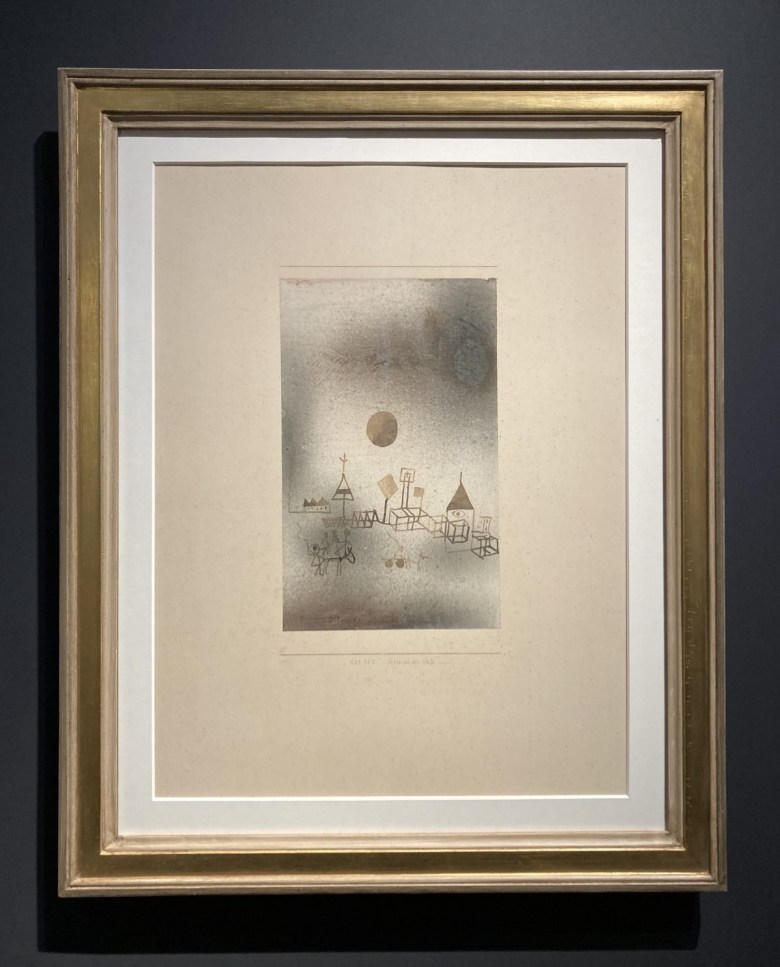
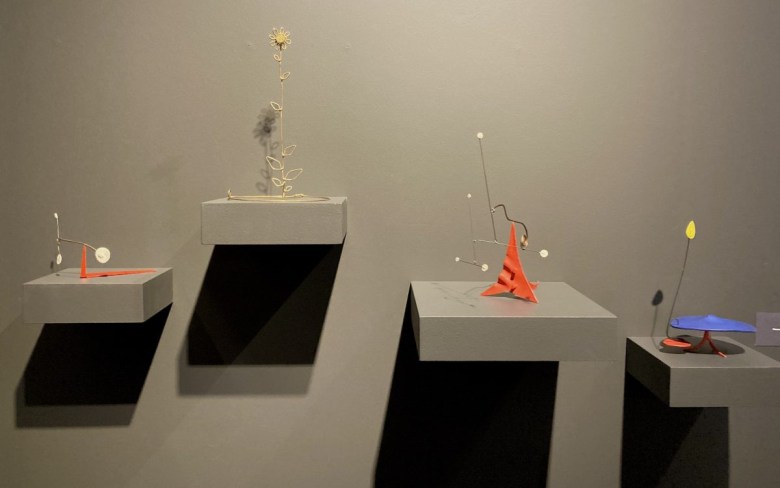
Unlike the slew of other fairs that cycle through the Park Avenue Armory, TEFAF makes good use of the historic rooms upstairs. While several galleries on the second floor built temporary walls for their booths, a few embraced the quirks of the space. Axel Vervoort Gallery, for one, installed a cagelike metal structure with mesh panels, filling their dark, wood-paneled room with their signature mix of antique and contemporary works. R and Company were assigned perhaps the most difficult space, which is bisected by a balcony and staircase. This year marks the gallery’s first time away from the bustle of the main floor, and Director of Sales Marlena Chanel Host told me they specifically chose this room. It’s cozier, she explained, adding that its unusual configuration “emphasizes the work in a different way.” It’s certainly easier to imagine living with some of the works on display here: Artist and activist Roberto Lugo’s ceramic works, held in collections including that of the Metropolitan Museum of Art, can be found lined up on the mantelpiece. I even overheard the daughter of designer Wendell Castle telling another visitor about hiding in his organically curved “Stack-Laminated Cabinet” (1975) as a child.
Venus Over Manhattan, showing at TEFAF for the first time, landed one of the rooms near the first-floor entrance. Gallery Director Anna Furney hinted at the pressure of a fair debut.
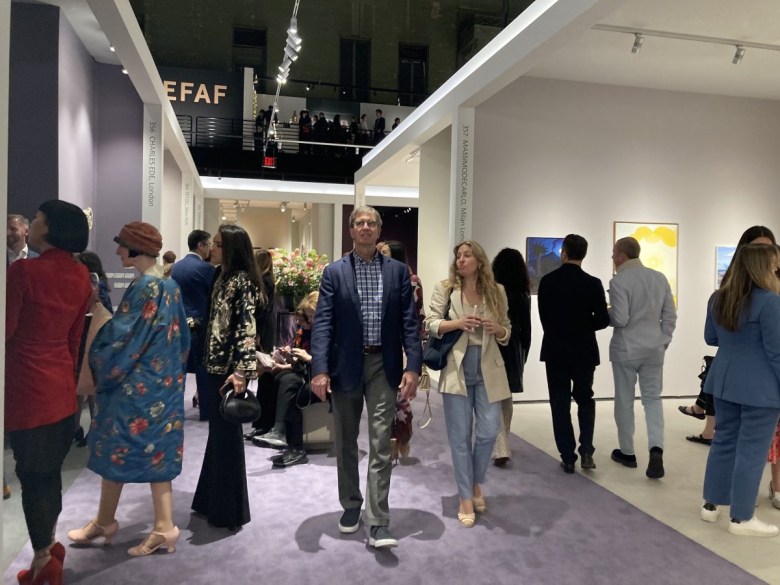
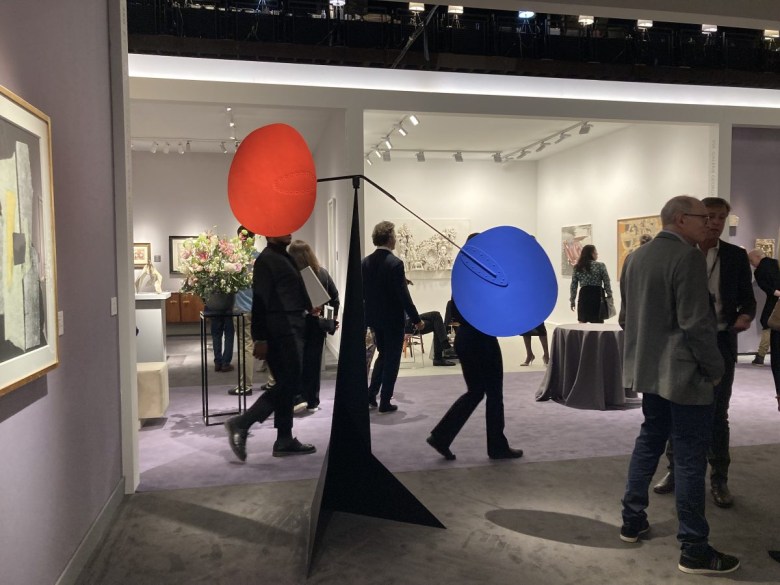
“Since so much of the work here is blue chip, we thought we’d bring really incredible examples by the artists that we’re working with,” she said. The result is an energetic platter of their recent and upcoming shows, including the mesmerizing textile work of Xenobia Bailey and a painting by Niuean artist John Pule. The latter’s glossy, foliage-filled canvases are widely celebrated in the Pacific art world, but Venus Over Manhattan’s show later this year will be his first in New York.
TEFAF may be geared toward the collector rather than the casual fairgoer, but its wild mix of genres makes it unique. I found myself noticing parallels everywhere: Peter Stämpfli’s disembodied pop art hands in “Le Demi” (1964) and Raymond Hains’s ripped poster works are perfect neighbors to the Greek and Roman sculptural fragments at Charles Ede’s booth. My advice to prospective visitors: Embrace the chaotic opulence.

